基于AVR轮式机器人路径规划的研究
I摘要移动机器人是机器人技术的一个重要分支,受到了越来越多的关注,在各领域中都得到了广泛应用。从农业生产到工业应用,从海洋开发到宇宙探索,从服务业到娱乐业,移动机器人都发挥着重要作用。它不仅推动了科学技术的发展,同时也带来了巨大的经济和社会效益。移动机器人技术运用了多学科的理论和技术,其中路径规划是移动机器人领域研究的重点,也是朝着智能化发展的必然要求。本文以移动机器人路径规划为主要研究内容,对基于人工势场法路径规划和基于模糊逻辑算法的路径规划进行了深入分析。首先研究了移动机器人信息的采集,多传感器融合技术的应用,并对移动机器人进行运动学分析建模、定位,为实现路径规划奠定基础。其次研究了传统人...
相关推荐
-
建筑工程投标文件范本-(格式)VIP免费

 2024-11-22 34
2024-11-22 34 -
疾病预防控制中心招标文件VIP免费
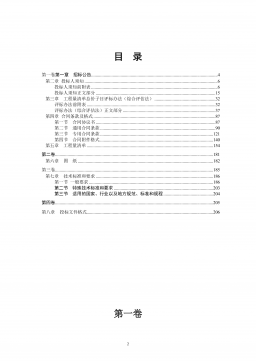
 2025-01-09 34
2025-01-09 34 -
体育健身中心施工招标文件VIP免费
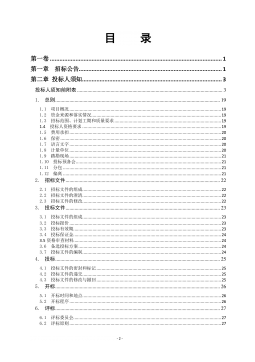
 2025-01-09 23
2025-01-09 23 -
江西丰城电厂及广东从化事故案例分析VIP免费

 2025-03-04 7
2025-03-04 7 -
钢结构节点图集CAD版(可编辑)VIP免费

 2025-03-04 10
2025-03-04 10 -
[青岛]精品工程亮点做法图片集(130页)VIP免费
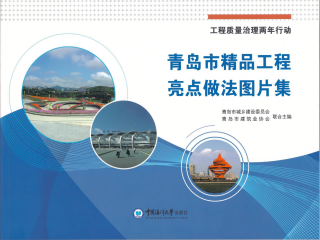
 2025-03-04 7
2025-03-04 7 -
外墙外保温工程技术规程JGJ144-2019VIP免费

 2025-03-04 9
2025-03-04 9 -
地铁停车场施工组织设计VIP免费
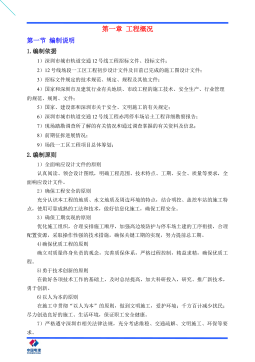
 2025-03-04 7
2025-03-04 7 -
项目建设安全管理流程图汇编VIP免费
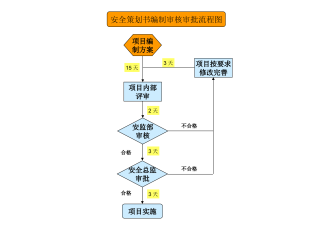
 2025-03-04 18
2025-03-04 18 -
特训班学习心得VIP免费
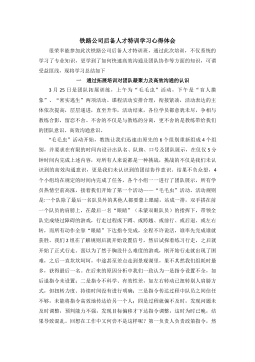
 2025-03-04 8
2025-03-04 8
相关内容
-

[青岛]精品工程亮点做法图片集(130页)
分类:行业资料
时间:2025-03-04
标签:建筑工程、精品工程、细部节点做法、亮点做法
格式:PPT
价格:5 积分
-

外墙外保温工程技术规程JGJ144-2019
分类:行业资料
时间:2025-03-04
标签:外墙保温、工程、规范
格式:ZIP
价格:2 积分
-

地铁停车场施工组织设计
分类:行业资料
时间:2025-03-04
标签:地铁、场段、施工组织设计
格式:DOCX
价格:3 积分
-

项目建设安全管理流程图汇编
分类:行业资料
时间:2025-03-04
标签:安全管理、流程图
格式:PPT
价格:1 积分
-

特训班学习心得
分类:行业资料
时间:2025-03-04
标签:拓展培训、结构化思考、培训、心得体会
格式:DOCX
价格:1 积分






